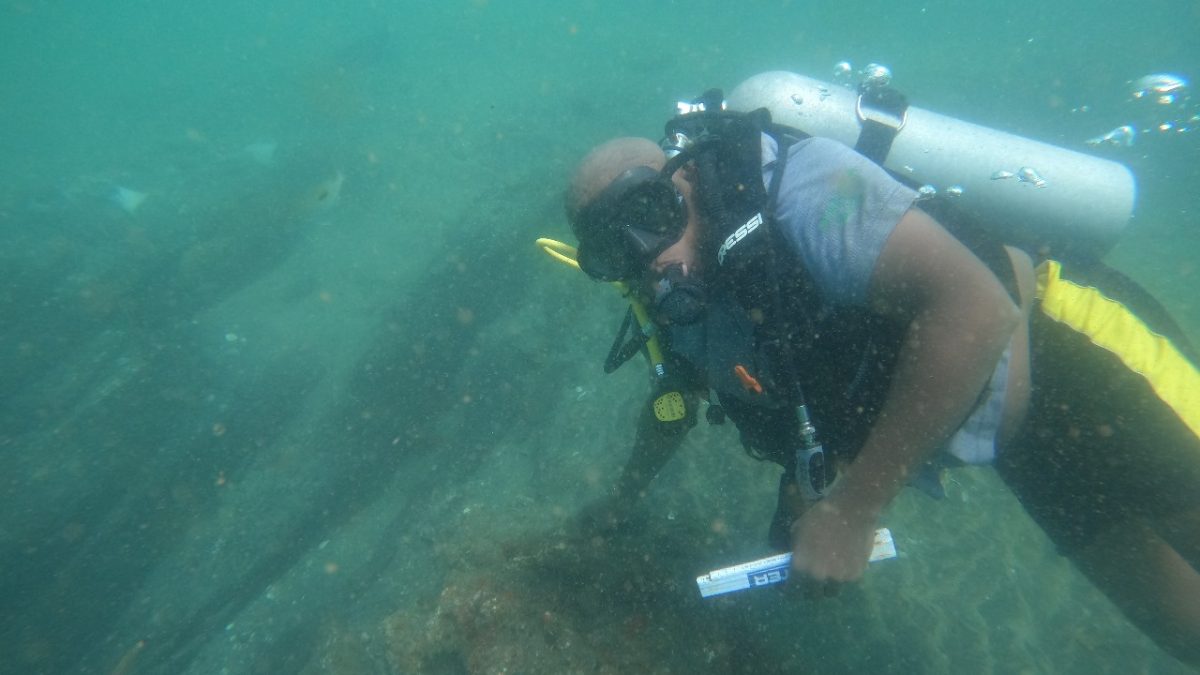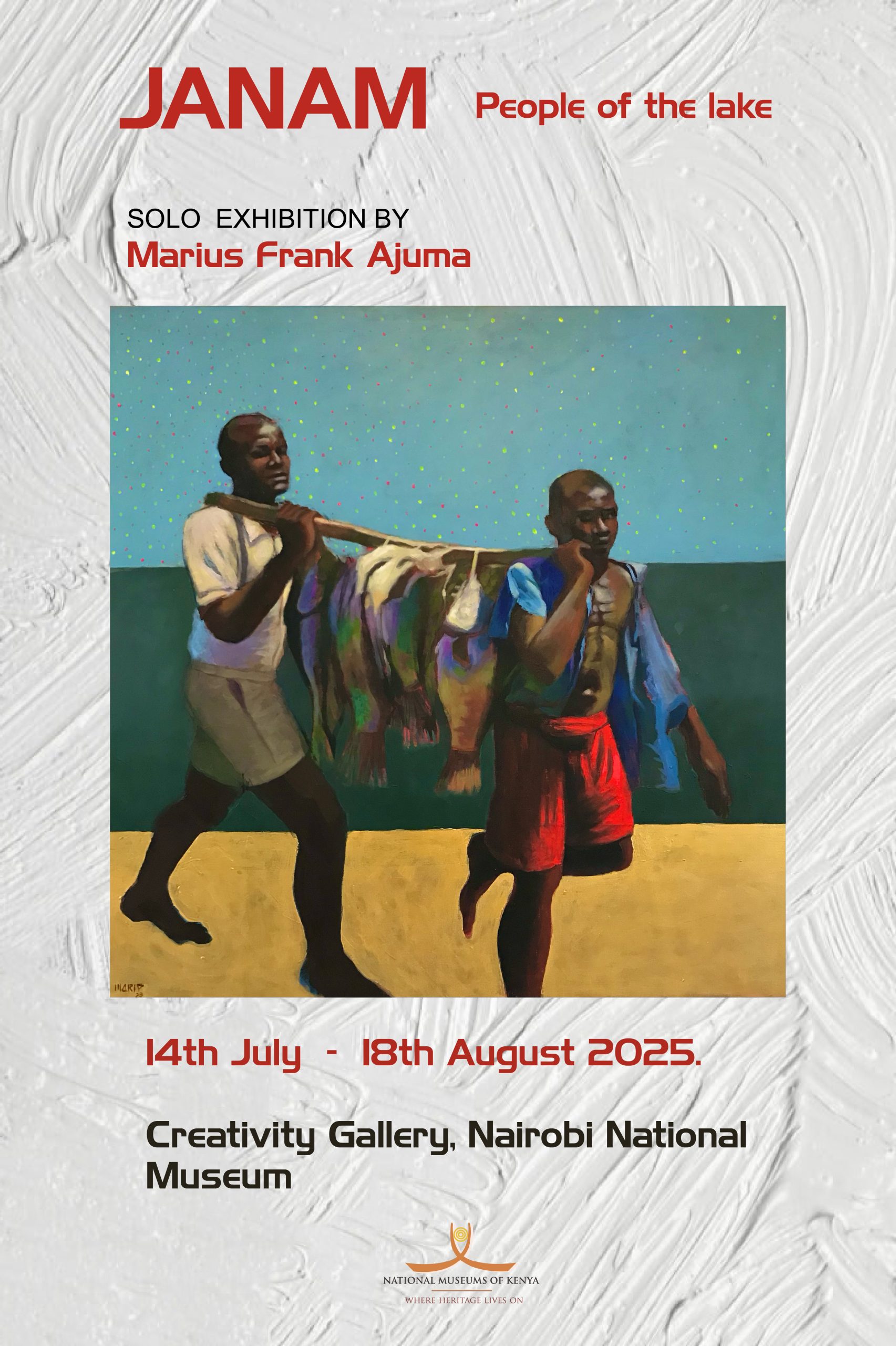
NMK Strategic Plan 2023-2027
November 28, 2023
Celebrating Gedi’s Unveiling and Turkana Boy’s Anniversary
December 18, 2024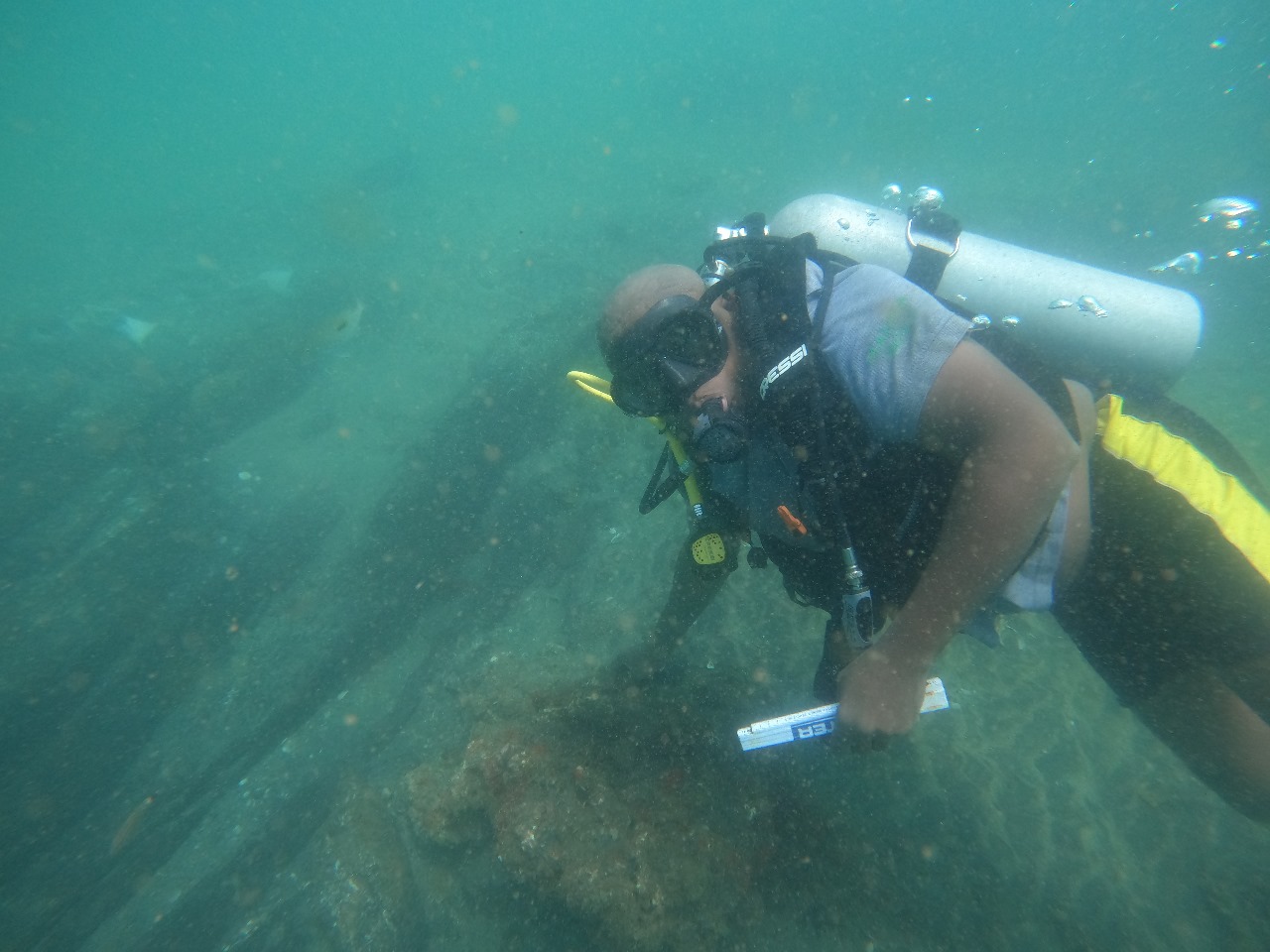
It’s not every day that you get to be part of something timeless, standing at the edge of history and peering into the depths of our shared past. When I traveled to Malindi for the media launch of the Ngomeni Shipwreck Project, my heart buzzed with excitement and curiosity. I had read about the legendary Portuguese vessel lying beneath the surface of Kenyan waters—a 16th-century shipwreck that had kept its secrets for centuries. Now, it was being uncovered by the dedicated team at the National Museums of Kenya.
Arriving at the Malindi Museum, I was struck by its unique charm. Soon, it will host the remarkable artifacts from the Ngomeni shipwreck, transforming into a center where visitors can connect with a centuries-old maritime legacy.
The media launch itself was an event to remember. The atmosphere was a perfect mix of reverence and excitement. When Dr. Caesar Bita, the lead maritime archaeologist, took to the podium, his passion and commitment captivated everyone present. He painted a vivid picture of the ship’s past—a Portuguese nau that had navigated the Vasco da Gama trade route. Laden with ivory, copper, and cinnabar, it represented the bustling commerce of a bygone era. But somewhere along its journey, it had succumbed to the ocean’s might, coming to rest just 500 meters from Ngomeni’s shore, at a depth of 6 meters.
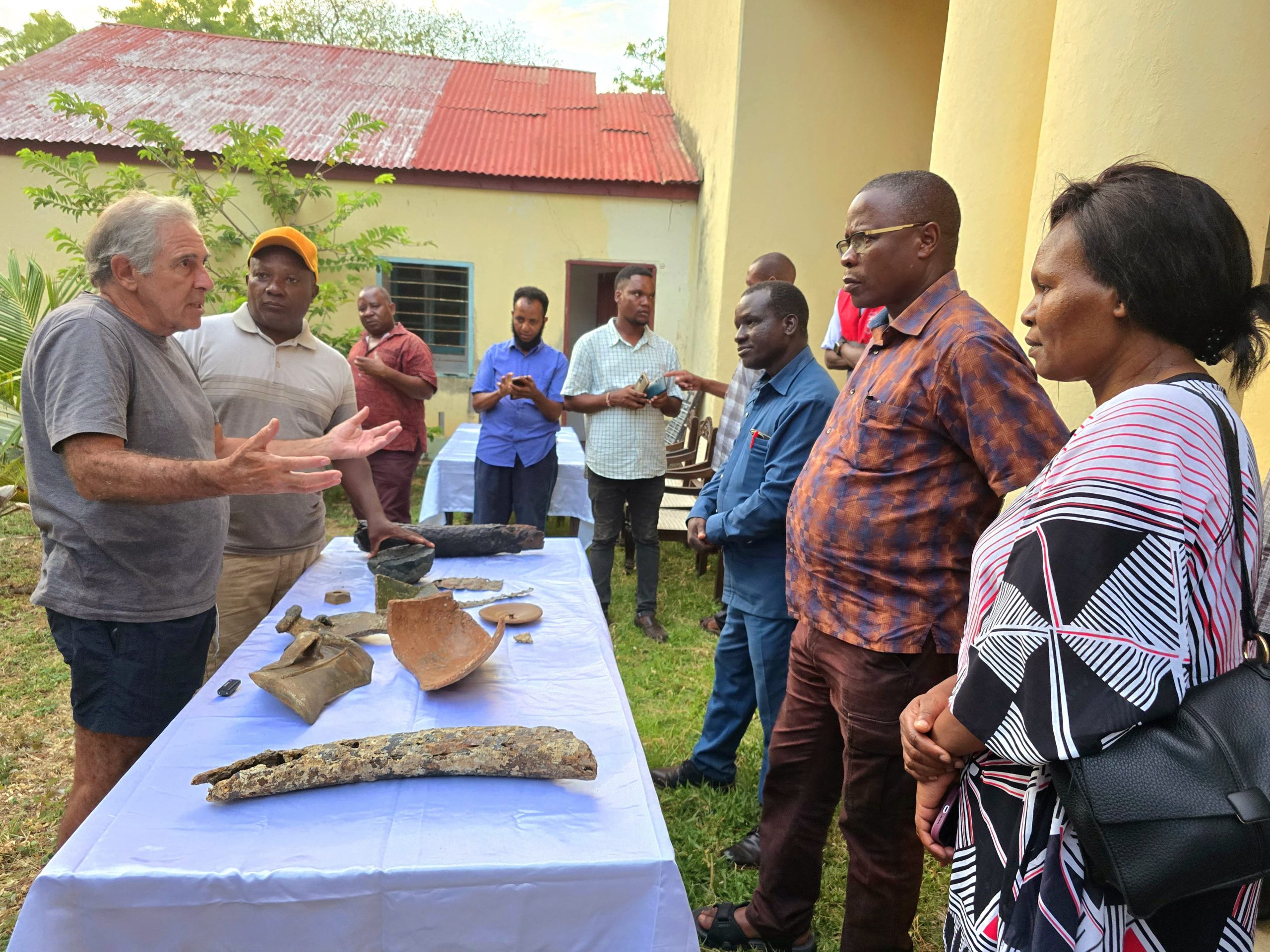
Listening to Dr. Bita, I realised this shipwreck wasn’t just a collection of artifacts; it was a time capsule. It held stories of explorers, traders, and sailors whose lives were deeply intertwined with the Indian Ocean’s history. I could feel his determination to bring those stories to light—not just for historians, but for all to learn.
This groundbreaking project is supported by the National Museums of Kenya at the highest levels. Prof. Mary Gikungu, the Director-General, Edwin Abonyo, Chair of the Board, and Dr. Terer, Directorate of National Repository and Research, were all present to witness and endorse the project, underscoring its importance as part of Kenya’s rich heritage.
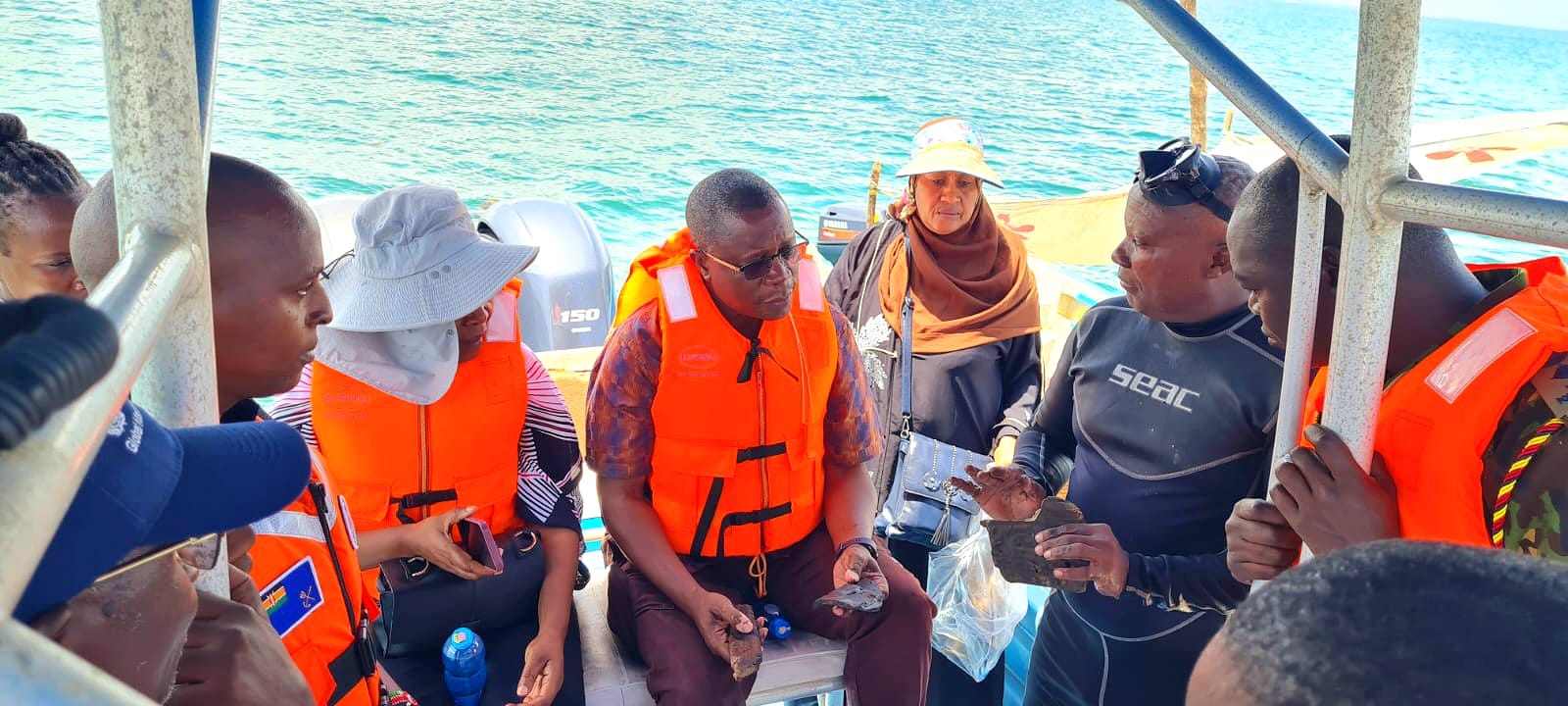
Behind the grandeur of the discovery lay years of painstaking work. Dr. Bita and his team had surveyed the wreck, delicately excavated its remains, and worked tirelessly to preserve its artifacts. What struck me most was the purpose behind their efforts: this was more than archaeology. It was about preserving Kenya’s underwater cultural heritage and making it accessible to all.
One of the highlights of the event was hearing about the plans for the Ngomeni artifacts. Dr. Bita’s vision included a permanent exhibit at the Malindi Museum, where visitors will connect with this extraordinary chapter of history. There was more. He talked about training young maritime archaeologists, creating interpretation centers, and involving the local community in meaningful ways. In fact, the locals love him so much that they have named their team of divers and project workers #TeamCaesar.
And the community’s involvement is where this story becomes even more powerful. In Ngomeni, the project is creating tangible opportunities for the locals. Fifteen young men have already been trained as divers, while others have found work in various support roles. Discussions are also underway about establishing a museum, sponsoring schools, and even teaching local children new languages. This is not new territory for Dr. Bita—he is a firm believer in uplifting communities. At Mida Creek, for example, he worked with local women and youth to establish sustainable businesses like organic farming, mangrove reforestation, and eco-tourism.

I had the privilege of visiting Mida Creek with Dr. Bita, Professor Filipe Castro, a Portuguese underwater archaeologist, and Gary Philbrick, a 77-year-old diver who has been exploring underwater worlds for over 65 years. Not only is Gary an accomplished diver, but he is also one of the project’s key financiers, whose dedication to maritime history is awe-inspiring. The warmth with which the community welcomed us was unforgettable. They cooked for us, sang for us and shared stories, showcasing how maritime heritage can inspire growth and resilience.
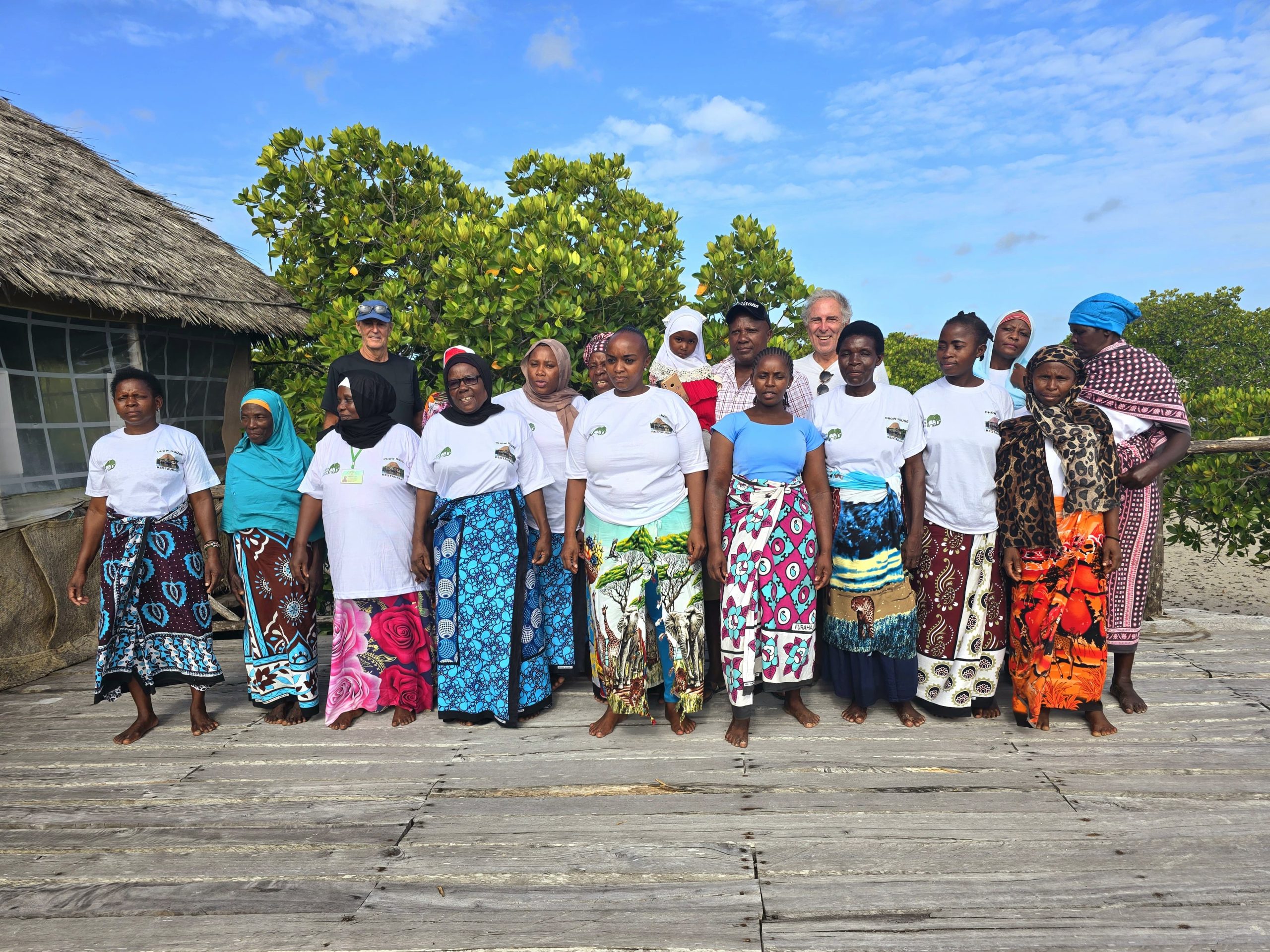
Every individual I met on this journey added something remarkable to the story. Professor Castro’s decades of experience brought a global perspective, while Gary’s lifelong dedication to diving reminded me of the sheer wonder of underwater exploration. Then there was Susan Mtakani, a fearless diver from the Kenya Coast Guard whose work in body retrieval and rescue operations commands admiration.
This project is a true testament to teamwork, passion, and perseverance. Diving several times a day for hours at a time is not an easy task. It requires unwavering commitment, and seeing this dedication firsthand was inspiring.
As someone who has never been underwater, I came into this project as an observer. But by the end, I found myself considering taking up sonography or underwater photography—just to be a part of something as incredible as this.
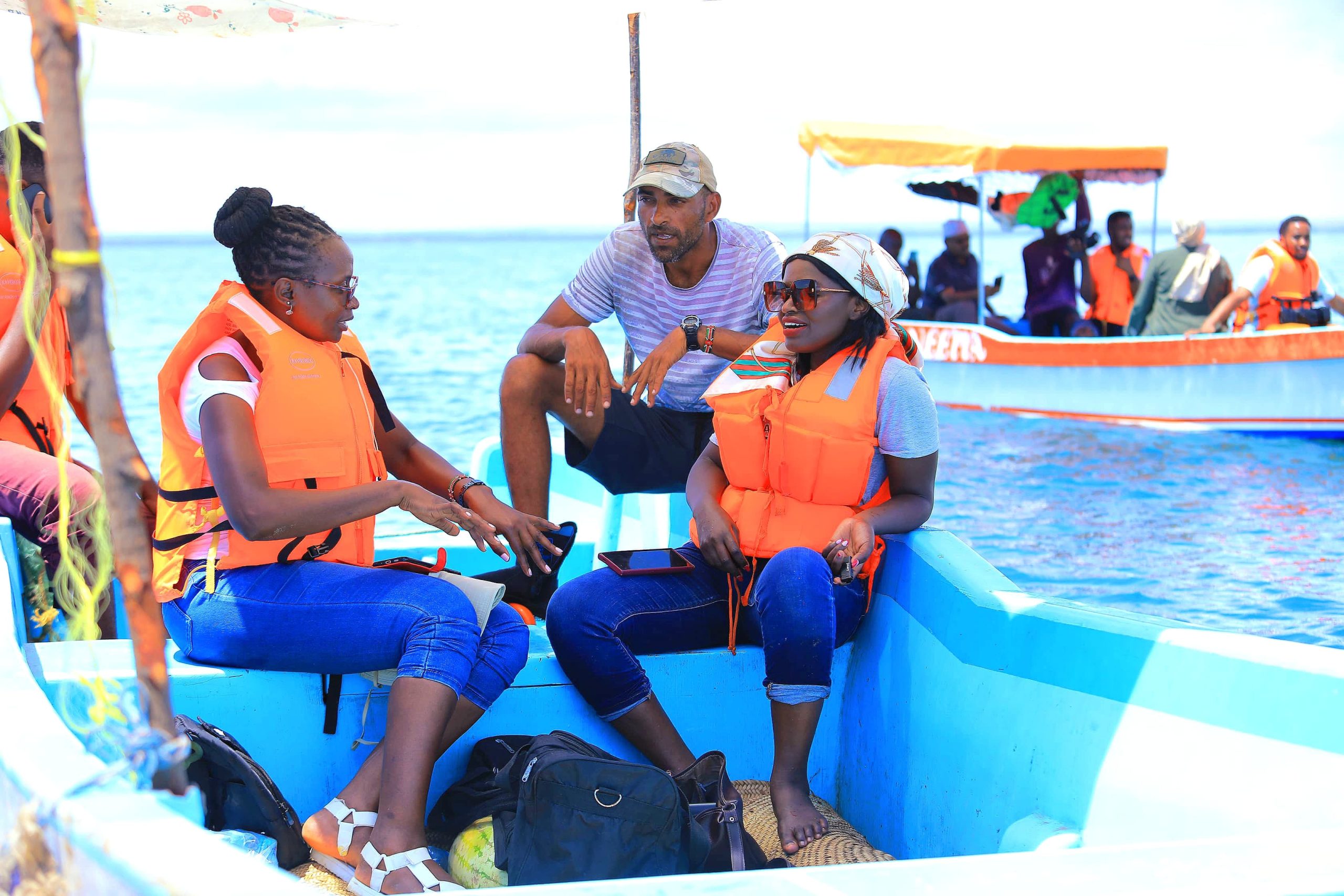
Ngomeni is more than a shipwreck; it’s a story of discovery, community, and possibility. This project has reminded me how much there is to uncover—not just in the depths of the ocean, but in the connections we build and the legacies we leave behind.
By Lilly M

